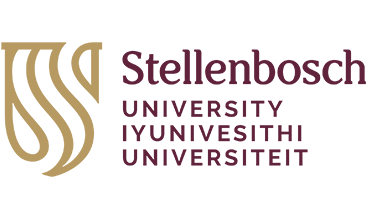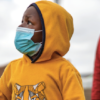The low quality of South African schooling has been widely confirmed through international tests of mathematics and literacy. The 2016 Progress in International Reading Literacy Study (PIRLS) results indicate that 78% of grade 4 children cannot read for meaning. In this context, it is useful to ask whether there are exceptions to the norm: are there schools serving the poor that produce at least adequate levels of learning? This brief describes the findings of a rigorous search process to identify high-performing primary schools accessible to the poor, with a specific focus on three provinces: Gauteng, KwaZulu-Natal and Limpopo. While we failed to find high-quality no-fee schools, variation in learner performance exists among no-fee schools suggesting that improved levels of learning quality are attainable.
DOWNLOAD PDFPopular Posts
Other Readings
- Assessing the Relationship Between School-Based Assessment and Matric Performance in Mathematics: A Quantitative Analysis of Poor Schools in Limpopo April 8, 2025
- Incomplete resourcing of inclusive education in South Africa: Implications for the reading crisis April 8, 2025
- A Paradox of Progress: Rising Education and Unequal Labour Market Returns in Post-Apartheid South Africa February 27, 2025
- Linguistic interdependence? Foundation Phase mastery in home language as a predictor of grade 4 repetition and EFAL marks February 6, 2025
- The impact of the 2023 Back-on-Track Programme on learning February 6, 2025
Related Posts
Development - Working PapersEducation - Working PapersGabrielle WillsHealth - Working PapersLabour - Working PapersNews and OpinionNicola DeghayeWorking Papers

Incomplete resourcing of inclusive education in South Africa: Implications for the reading crisis
Mike CruywagenApril 8, 2025
EducationEducation - Working PapersNews and OpinionWorking Papers

Linguistic interdependence? Foundation Phase mastery in home language as a predictor of grade 4 repetition and EFAL marks
Ryno PageFebruary 6, 2025
EducationEducation - Working PapersNews and OpinionWorking Papers

The impact of the 2023 Back-on-Track Programme on learning
Ryno PageFebruary 6, 2025





